The Science Behind Autumn: Why Leaves Change Color and Fall

As autumn approaches, the landscape transforms into a vibrant tapestry of reds, oranges, and yellows. This seasonal spectacle captivates nature lovers and prompts questions about the science behind it. Why do leaves change color, and what triggers their fall? Understanding the biological and environmental processes at play reveals the intricate balance of nature and the life cycle of trees. In this article, we’ll explore seven key factors that contribute to the stunning transformation of leaves in autumn and the reasons behind their eventual fall.
1. Chlorophyll Breakdown
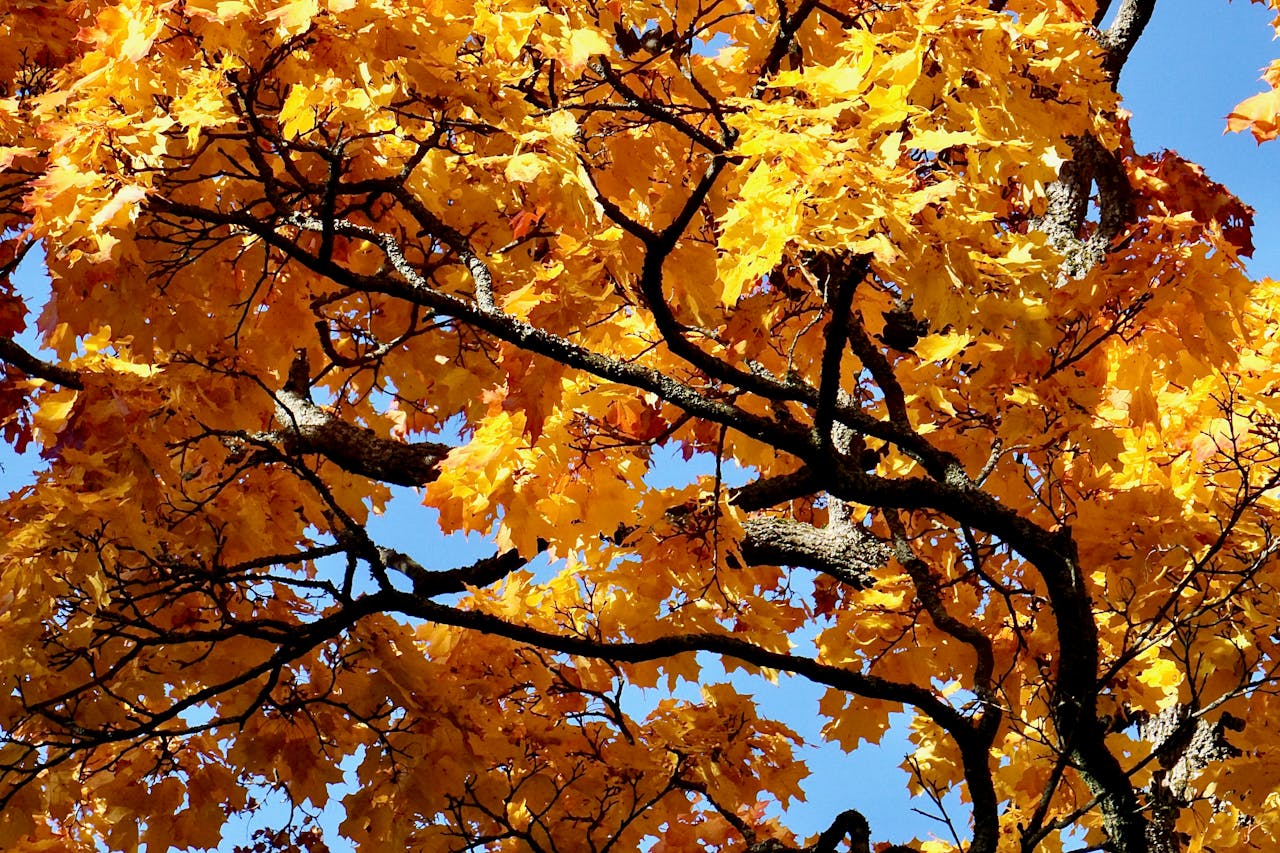
The brilliant green of leaves is primarily due to chlorophyll, the pigment responsible for photosynthesis. As autumn approaches, days shorten and temperatures drop, signaling trees to prepare for winter. In response, chlorophyll production decreases, leading to its gradual breakdown. This reduction in chlorophyll reveals other pigments present in the leaves, such as carotenoids (which produce yellow and orange hues). This transition marks the beginning of the stunning color changes we observe in autumn, as the green fades to unveil a palette of warmer tones.
2. The Role of Temperature and Light

Temperature and light play critical roles in the timing and intensity of autumn leaf color changes. Cool nights combined with sunny days enhance the production of anthocyanins, pigments responsible for the vibrant red and purple hues seen in some trees. This phenomenon is especially evident in species like maples and oaks. The interplay between light and temperature affects the overall color vibrancy, as brighter sunlight and cooler temperatures can lead to more intense colors. Therefore, the specific weather conditions leading up to autumn significantly influence the visual display of foliage.
3. The Importance of Moisture Levels

Moisture levels in the soil and the tree itself also impact leaf color change. Adequate moisture during the growing season can lead to healthier trees, resulting in more vibrant colors in autumn. Conversely, drought stress can hinder the formation of pigments, leading to duller colors. When trees experience water shortages, they may lose leaves prematurely as a survival strategy. Thus, understanding the relationship between moisture, tree health, and color changes is crucial to grasping the full picture of autumn’s beauty.
4. Nutrient Redistribution
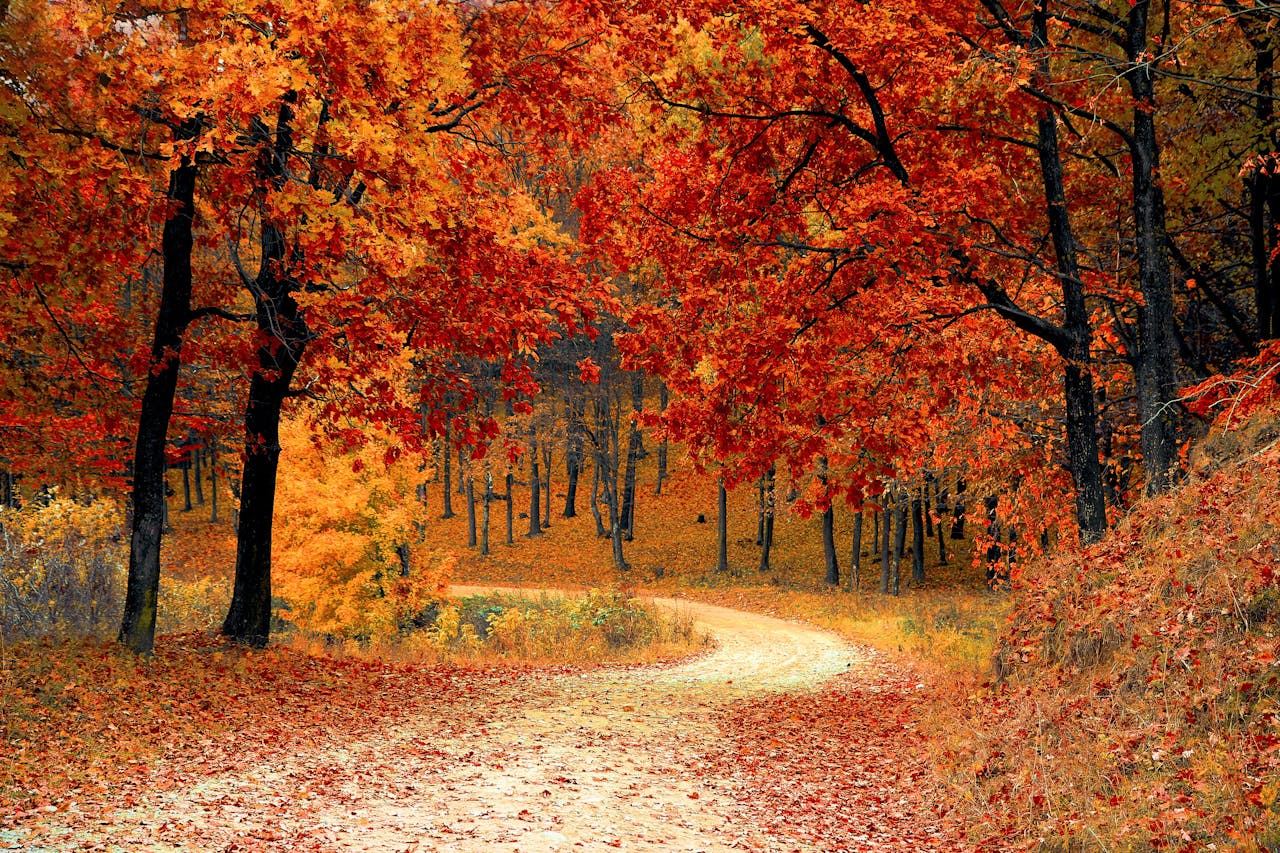
As autumn approaches, trees begin to prepare for winter by reallocating nutrients stored in their leaves. Before shedding them, trees reabsorb valuable nutrients like nitrogen and phosphorus from the leaves. This nutrient redistribution not only helps the tree conserve resources but also contributes to the vibrant colors seen in autumn. The process enhances the development of anthocyanins, leading to those stunning red hues. By recycling nutrients, trees ensure their survival and set the stage for renewed growth in the spring.
5. The Evolutionary Advantage of Leaf Drop
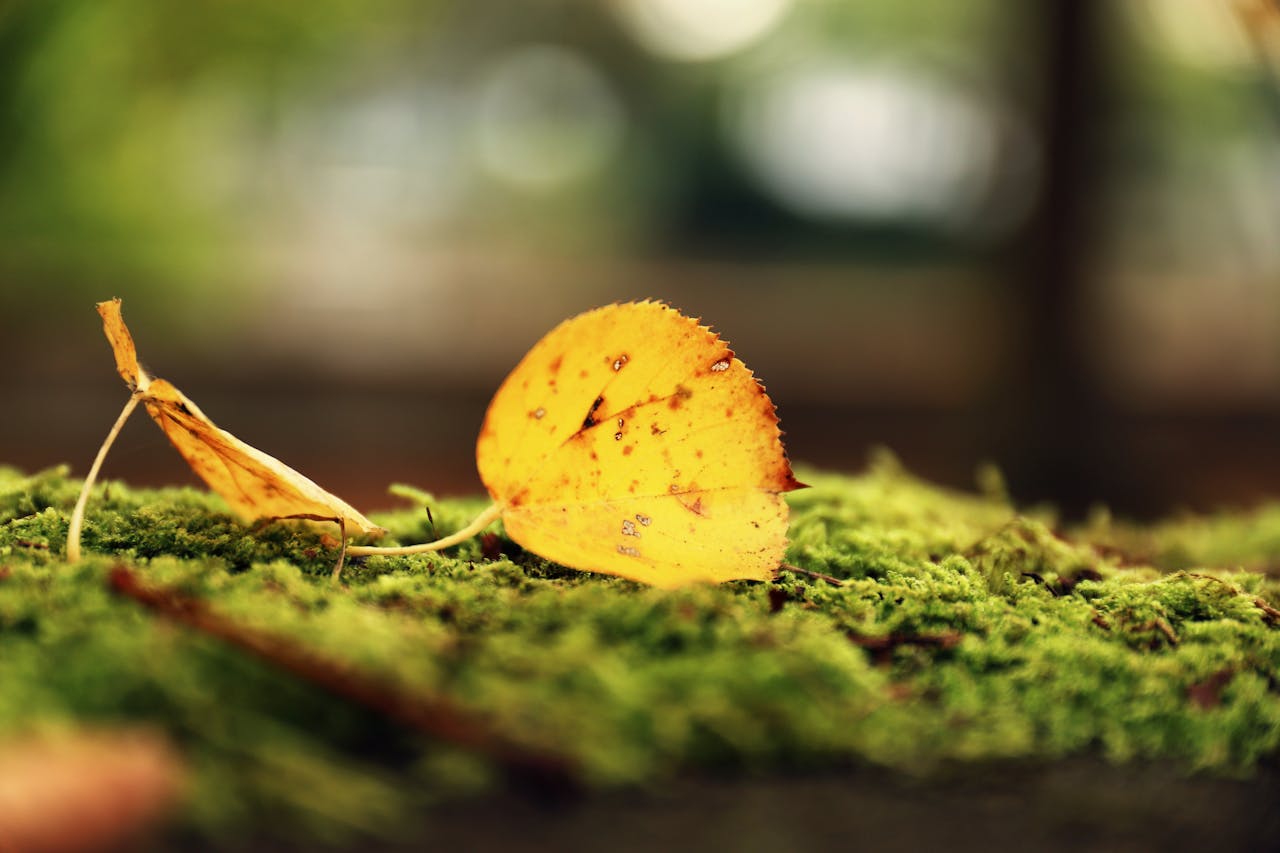
The shedding of leaves in autumn is not merely a seasonal change; it serves an essential evolutionary purpose. Deciduous trees, which lose their leaves, have adapted this strategy to survive harsh winter conditions. By dropping their leaves, trees minimize water loss and reduce the risk of damage from snow accumulation. This evolutionary advantage helps trees conserve energy and resources during the winter months. Understanding the adaptive significance of leaf drop highlights the intricate relationship between trees and their environment.
6. The Influence of Species Variation
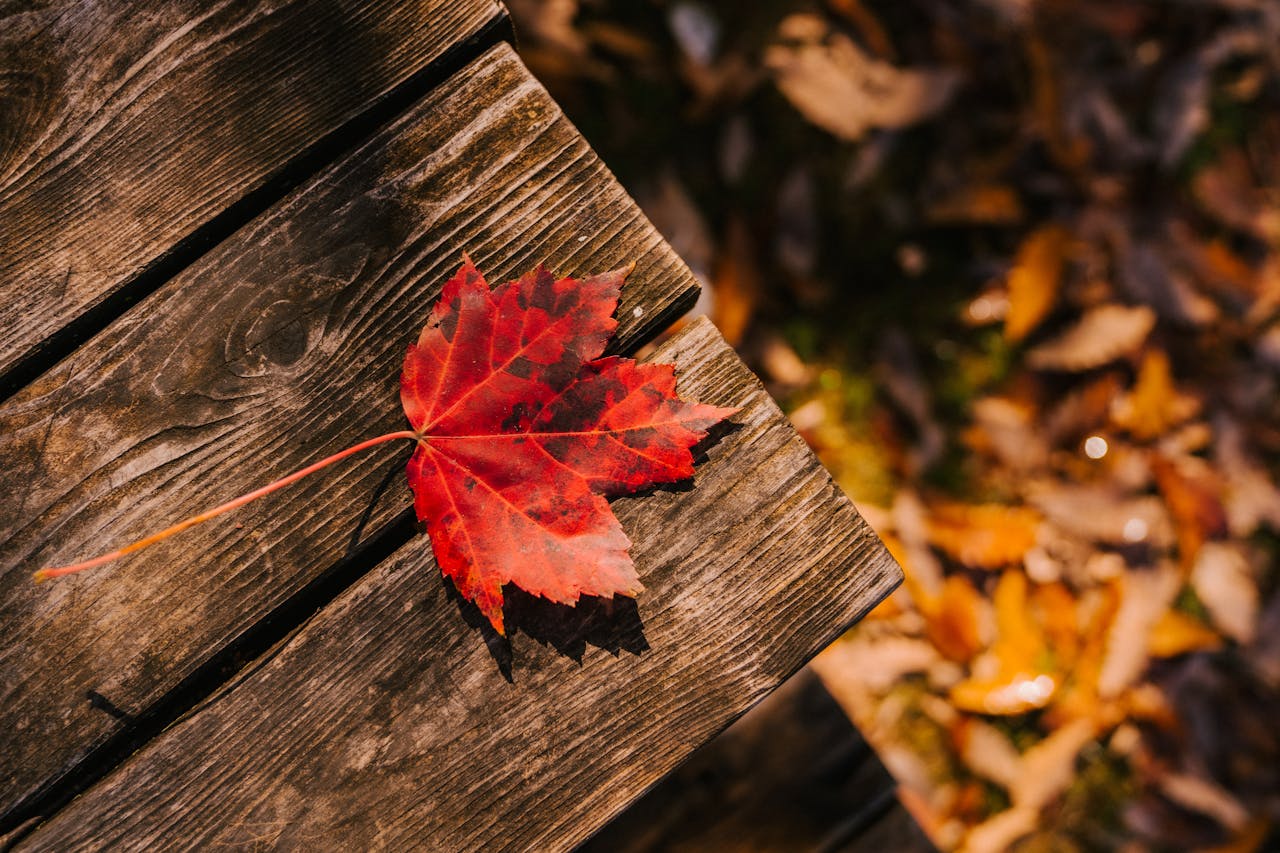
Different tree species exhibit varying responses to autumn conditions, resulting in diverse color displays. Some species, like sugar maples, are renowned for their brilliant red and orange leaves, while others, such as birches and aspens, showcase vibrant yellows. This variation is influenced by genetic factors, environmental conditions, and the specific pigments present in each species. By studying these differences, researchers gain insights into the broader ecological implications of leaf color change and the diverse adaptations of trees in different habitats.
7. The Role of Human Impact

Human activities significantly influence the timing and intensity of autumn foliage displays. Urbanization, climate change, and pollution can alter temperature and moisture levels, impacting how and when trees change color. For instance, warmer autumns can lead to delayed color changes or muted hues, affecting the overall beauty of fall landscapes. Understanding the interplay between human actions and natural processes emphasizes the importance of environmental stewardship in preserving the stunning seasonal displays that autumn brings.
Final Thoughts
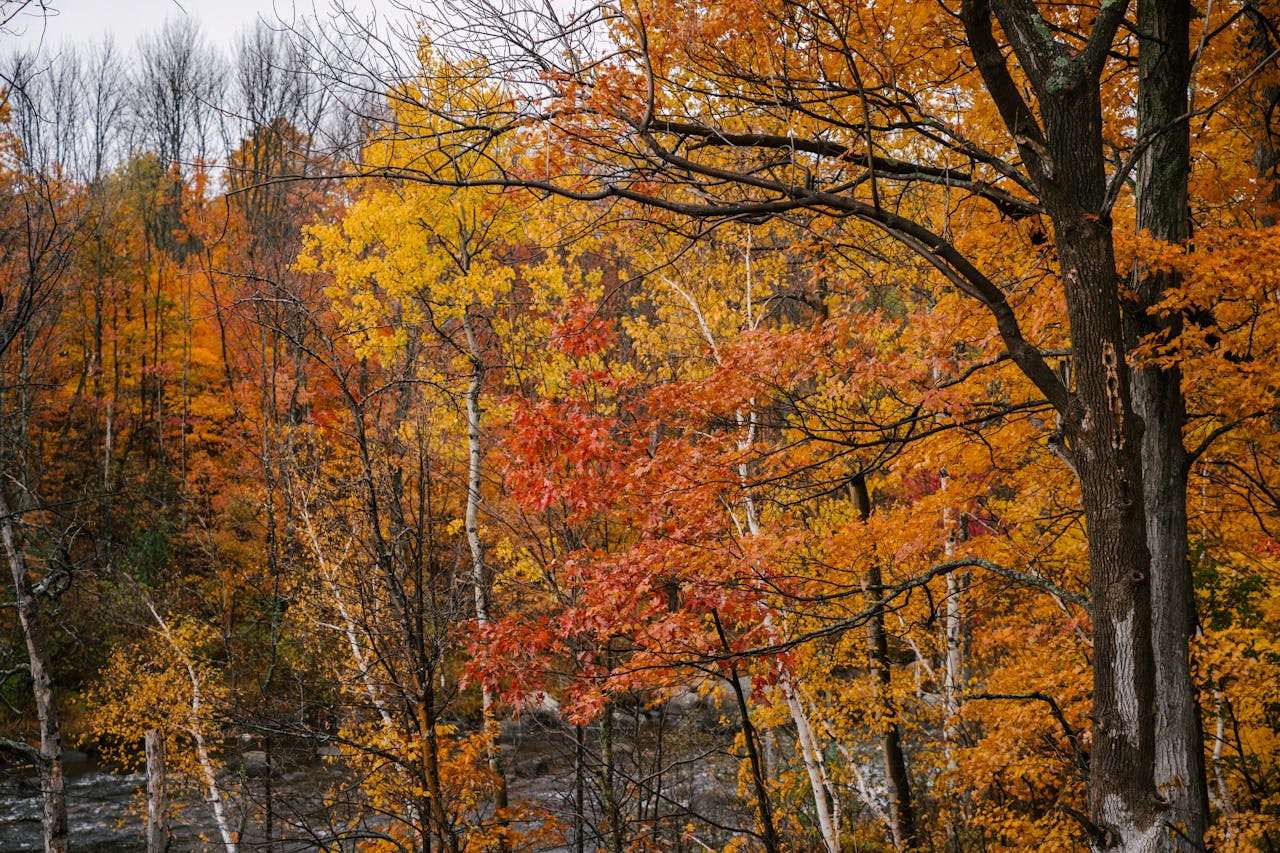
The science behind autumn’s breathtaking transformation is a fascinating interplay of biology, chemistry, and environmental factors. From the breakdown of chlorophyll to the role of temperature and moisture, these processes reveal the intricate mechanisms that govern the life cycles of trees. As we witness the changing colors of leaves and their eventual fall, we are reminded of nature’s resilience and adaptability. Embracing this seasonal beauty encourages us to appreciate the delicate balance of ecosystems and the importance of protecting our environment for future generations.
Leave a Reply